Clackamas Community College is committed to maintaining the integrity and functionality of its facilities to support students, employees and the community. Through strategic investments of bond funding, we are addressing critical infrastructure needs to preserve and extend the lifespan of our aging buildings. These upgrades will ensure safe, efficient and sustainable learning environments that continue to serve as a foundation for education and growth for years to come.
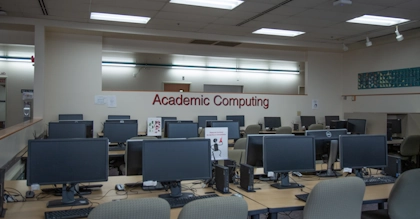 Existing Conditions:
Existing Conditions:
The college's information technology (IT) systems are aging and in need of replacement and upgrades.
Using bond funding, Clackamas Community College will enhance and modernize its information technology infrastructure, including upgrading server systems at the data centers. The upgrades will also introduce higher levels of redundancy, ensuring the continuous and reliable operation of critical IT services.
Improvements for consideration:Using bond funding, Clackamas Community College will enhance and modernize its information technology infrastructure, including upgrading server systems at the data centers. The upgrades will also introduce higher levels of redundancy, ensuring the continuous and reliable operation of critical IT services.
The project will include upgrading computer labs to provide a better student experience and updated systems with better performance.
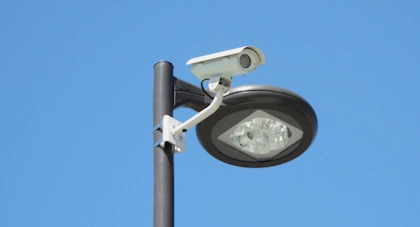 Existing Conditions:
Existing Conditions:
Using 2014 bond funds, the college installed access control on the exterior of most buildings and video surveillance. In addition to replacing aging/end-of-life equipment, there are additional needs for access control and gaps in video surveillance coverage.
Improvements for consideration:Expanded camera coverage - Oregon City campus
The college will install new cameras and modify three existing units to provide full coverage of vehicle access points, north campus parking lots and central pedestrian areas.
Access control systems - Oregon City campus
Adding additional access control will give us greater ability to increase facility security. Interior access control can reduce the threat if there is a violent incident inside a building by securing office suites and classroom clusters.
Access Control Systems - Wilsonville campus
Adding additional access control on the Wilsonville campus will improve our ability to increase facility security without more inconvenience to staff and students.
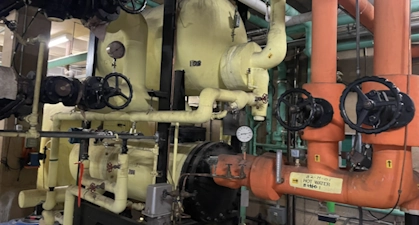 Existing Conditions:
Existing Conditions:
Equipment on campus is old and generally inefficient. Much of the interior and exterior lighting is original with high electrical use and no lighting controls resulting in wasted energy use. HVAC systems are old and could be replaced with energy-efficient equipment. Windows and doors are not a current building code levels for energy savings.
Improvements for consideration:Energy-efficient measures listed in the Mechanical Electrical and Plumbing Masterplan include HVAC (Air Side) Systems, decentralization and waterside systems, lighting and lighting controls, photovoltaics and envelope improvements (e.g., replacement of windows and doors and added insulation).
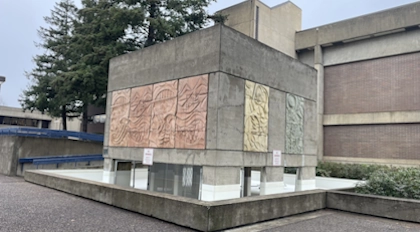 Existing Conditions:
Existing Conditions:
The central utility plant is located in Barlow Hall, which was built in 1970. The main utilities for the campus are served by this equipment and tunnel system and include services to Barlow Hall, Randall Hall, Mcloughlin Hall, Bill Bod Community Center, Pauling A/B/C and Niemeyer Center. The system is end-of-life (53 years old), and maintenance comes at a high cost. When the system goes offline all seven buildings are out of service.
Improvements for consideration:Major energy savings would be realized by installing high-energy efficient equipment and if the college did not have to run the large boilers and chillers for occupancy in only one building (e.g., running the large boiler or chiller if only one class is held in McLoughlin). There would also be savings in energy costs associated with decentralization and more control gained for individual heating and cooling.
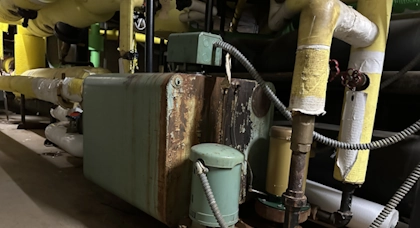 Existing Conditions:
Existing Conditions:
The college has 34 buildings totaling 775,673 square feet; 14 parking lots, numerous greenspaces; and other electrical, water, sewer, stormwater, and communication infrastructure that the college is responsible for maintaining. These buildings range in age from the first building constructed in 1950 (Rainbow Storage facility) to the 2021 Wacheno Welcome Center.
Improvements for consideration:The college will allocate bond funds toward priority projects that meet the most critical needs. Using bond funds for large major maintenance repairs will save the college in allocating General Fund operating dollars to Major Maintenance to address the annual backlog.
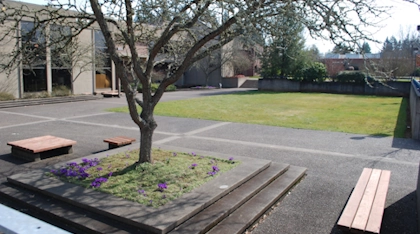 Existing Conditions:
Existing Conditions:
The common areas between buildings in the core have degraded, have trip hazards and limited ADA access. Areas identified for improvements include:
• Central Plaza
• North Randall Plaza
• South Randall Plaza
• South Plaza (Pauling woods/Barlow)
The central sunken plaza in the quad could be reimagined as a flexible central gathering space that could be used both for campus events and informal social activities. The 2015 Master Plan re-envisioned the plaza with stepped amphitheater-style seating to help connect and activate the space. Opening up the edges of these buildings with more transparent facades and entries will help activate outdoor spaces, create physical and visual permeability between indoor and outdoor spaces and help build a sense of campus community. Building edges in this central area could also benefit from the addition of covered seating areas for use throughout the year.
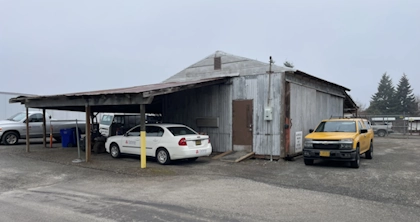 Existing Conditions:
Existing Conditions:
Campus Services currently has an assembly of buildings, storage and a yard on the north side of campus administrative offices and workspace. The work area is degrading, small and unpaved.
Improvements for consideration:This 1.6-acre area will be modernized for safety, security and efficiency. An existing woodshop facility will be demolished, providing new yard space. New buildings and covered storage will be added. The former Smuckers Building, once used for Art classes, could be removed and the site could be re-naturalized as part of the Environmental Learning Center.
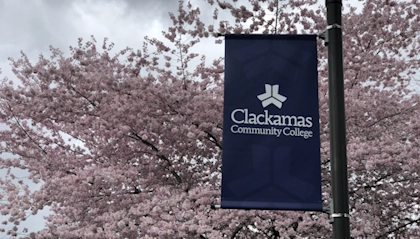 Existing Conditions:
Existing Conditions:
Using an interest-only loan, the college purchased 11 acres of undeveloped land south of the horticulture area in 2022. When purchased, the property had a house, garage, and several sheds which have since been removed. This property is being held as a land bank for future, currently unidentified, use. Additionally, a neighboring 19-acre parcel of land has been placed on the market and could also be acquired for future use.
Improvements for consideration:Pay off the $ 1.2-million interest-only loan and pay $3.75 million for land acquisition of an additional 19 acres south of the subject property.